Hello everyone! Recently, I've been visiting waterfalls and rivers, and the sound of droplets falling reminds me of the sound of the kalimba. The kalimba is famous for its soothing tones that sound like a music box. The sound, which feels both cold and warm due to the metal tines, is truly unique and captivating.
When tracing the roots of the kalimba, I found that it originates from the traditional instrument called the Mbira that was used by the Shona people of Zimbabwe for rituals and ceremonies.
Today, many manufacturers worldwide produce kalimbas with a wide variety of types available. There are hollow-body kalimbas with resonant sound holes that provide rich tones, and solid-body kalimbas that offer a long sustain and brilliant tones. And, the kalimba I’m playing today has a built-in pickup!
SELA CAJON / SEKL17P-KO Kalimba
This kalimba features a hollow-body design made from koa wood, which is known for its bright and crisp resonance. It provides ample volume and a rich sound that can be heard clearly.
Additionally, with the included tuning hammer, you can easily adjust the tone bars by gently tapping them, allowing you to change the tuning. The kalimba is originally tuned to a C major scale (C4-E6), but I've experimented with different tunings such as C, Db, Eb, F, G, Ab, Bb, C… and C, D, Eb, F, G, A, Bb, C…. Changing the tuning allows you to explore a variety of musical phrases and moods, which significantly expands your expressive range.
There are many different effect pedals available, and the one I’m using today is:
As the name suggests, the BOSS SL-2 Slicer slices the sound in sync with the beat. By turning the two knobs on the left, you can finely adjust settings like the tempo, balance, and the intensity of the effect. The two knobs on the right allow you to set the slice patterns and variations, giving you control over the rhythmic slicing.
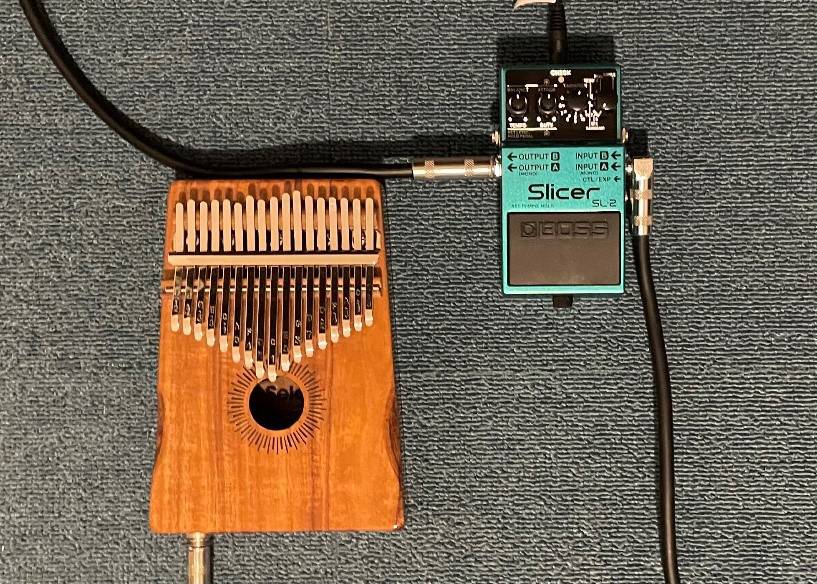
I've connected the following cables for this setup:
You can connect it to an amplifier for a live sound, but for this session, I’ve connected it to an audio interface and will record the sound using a DAW.
First, here's the natural sound of the kalimba without any effects.
The natural decay of the sound brings a crisp resonance, which feels very soothing. It makes you want to play more and more notes.
Next, I applied the reverb that comes with DAW (Logic).
The space feels expanded, and the kalimba's unique tone and transparency are highlighted.
Then, I turned on the effect and tried a simple tremolo.
The fluctuation of the sound is really enjoyable!
I adjusted a few of the knobs and experimented with the sound.
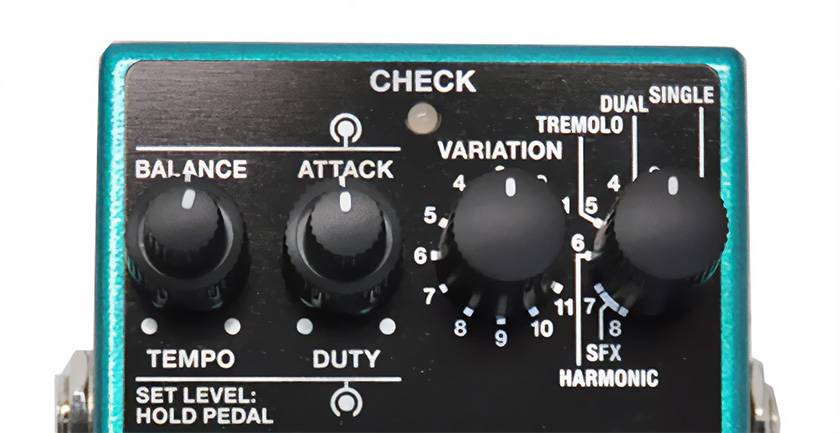
I wasn't able to capture the entire layout of the knobs properly, so I created a diagram instead. (The numbers on the right two represent the positions of the knobs.)
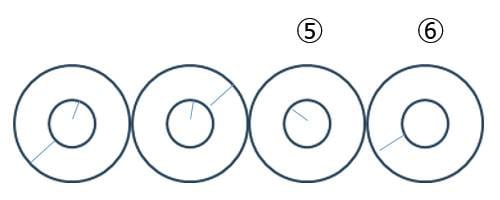
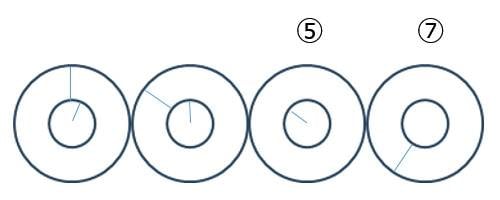
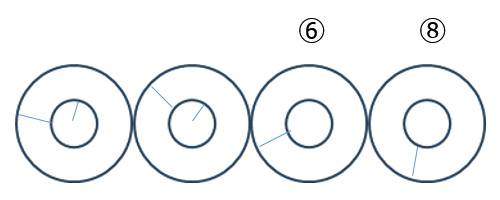
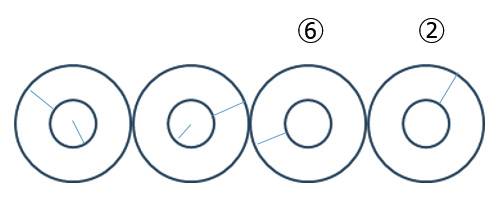
The sound breaks up with a popping effect, and the beat adds a new dimension, allowing for a different way to use space and rhythm. Changing the knob settings and combinations alters the sound and rhythm in interesting ways.
This is true for kalimba performance as a whole—connecting it to an effect creates unexpected elements in a good way. The limited scale, which could be seen as a constraint, actually worked in our favor. For those who usually create music with guitar or piano, why not try composing with the kalimba too...? (laughs)
Thank you for reading. I used the slicer this time, but I highly recommend trying out your favorite effects! The world of effects seems to be quite deep.






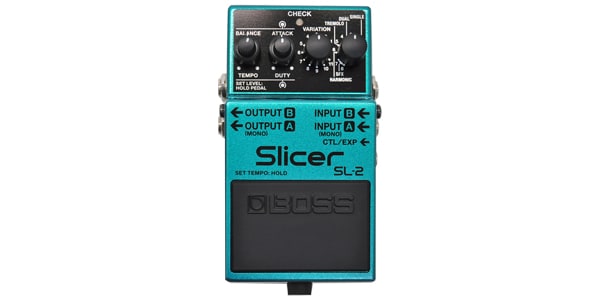
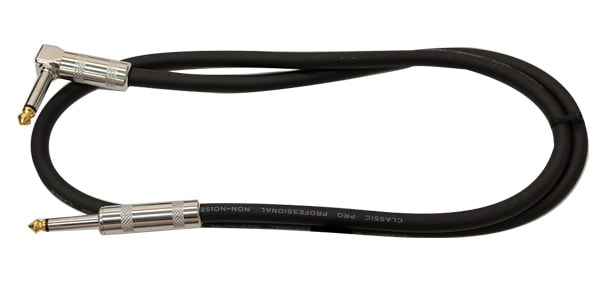
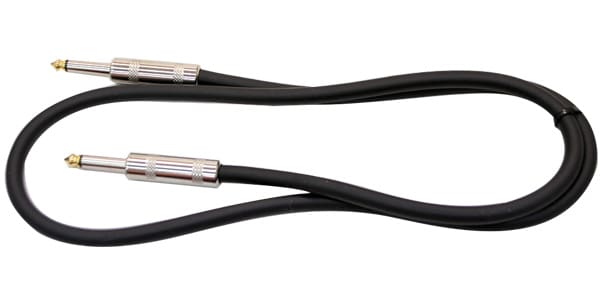

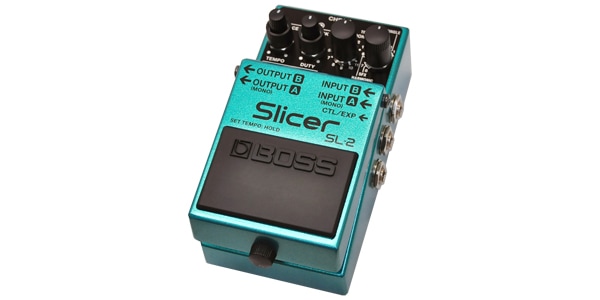
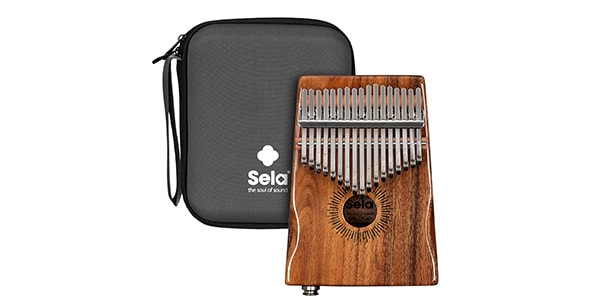

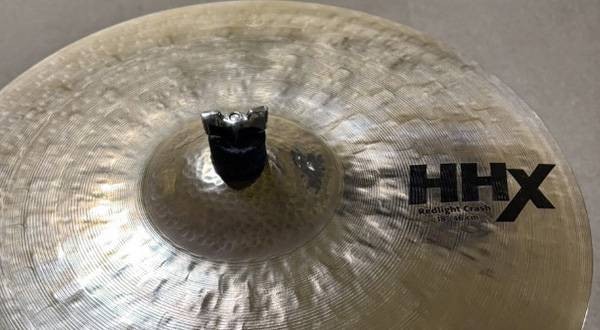

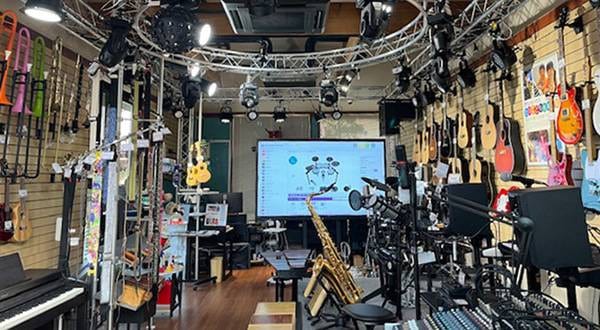
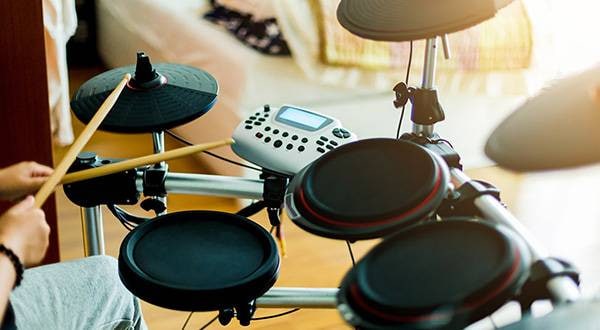



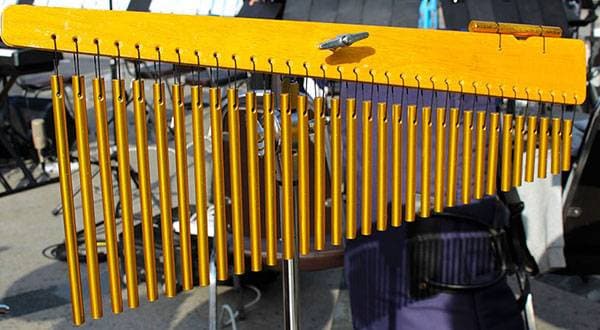

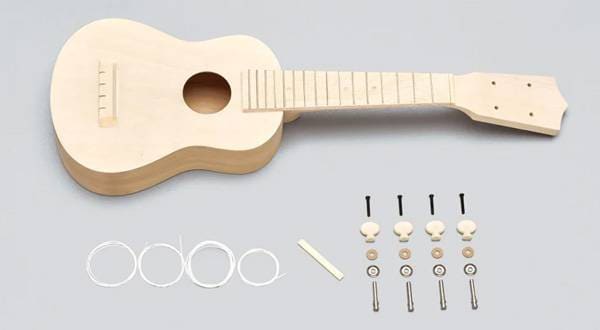
 REMO パーカッション
REMO パーカッション
 カリンバとは
カリンバとは
 SELA CAJON 特集
SELA CAJON 特集
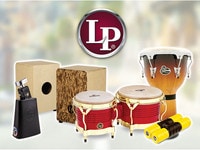 LP パーカッション
LP パーカッション
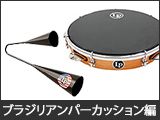 ブラジリアンパーカッション編
ブラジリアンパーカッション編
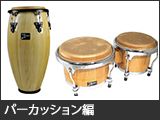 パーカッション編
パーカッション編















